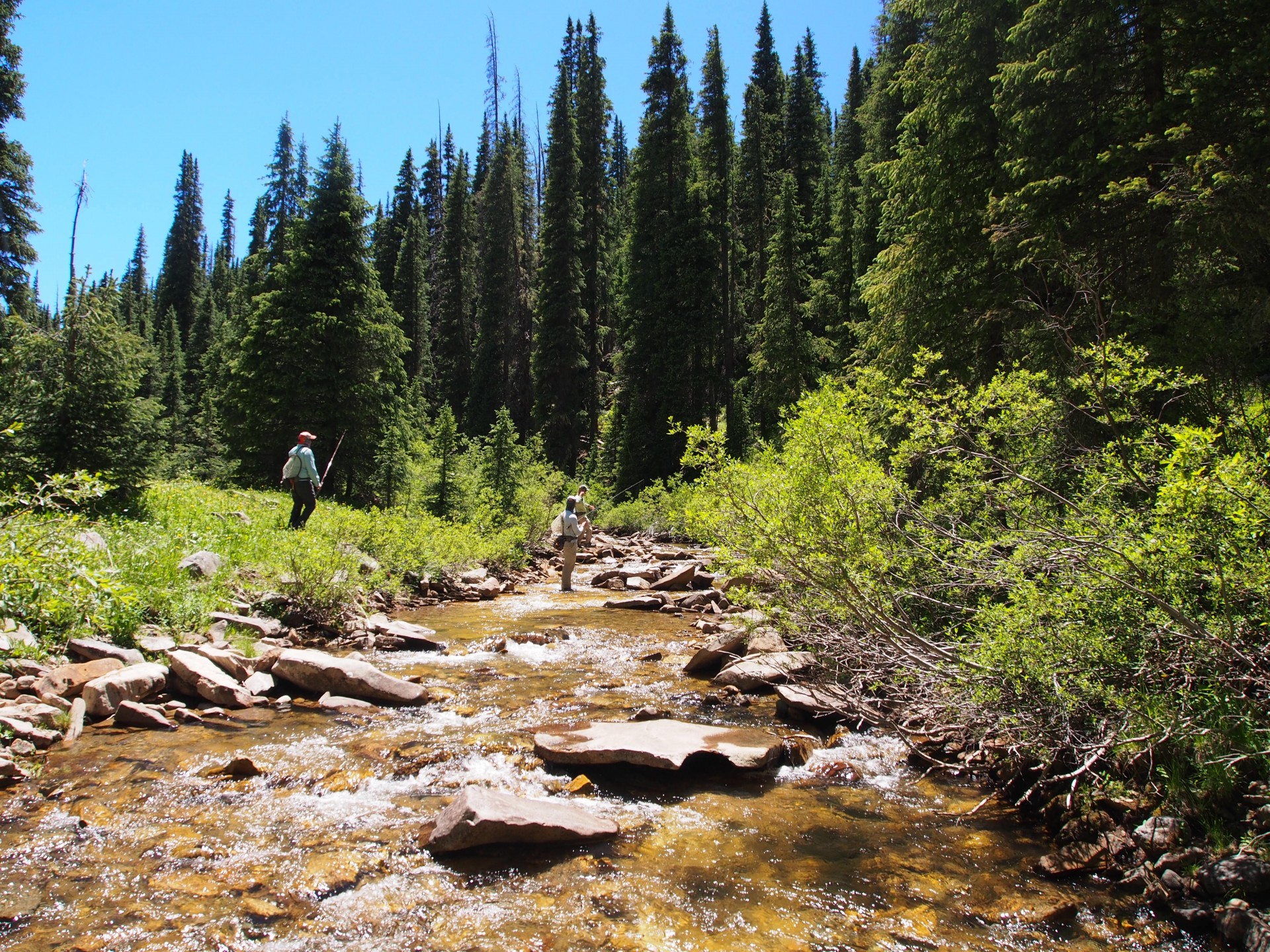Georgia
2010
There is a distinctive moment when a lurking largemouth bass commits to engulfing a frog twitching across a scatter of lily pads. You lay out a cast, come tight to the fly, then start stripping, pausing for the water to settle around the fly. With each strip, the fly seems to leap across the water, landing unassuming predators waiting below. The more erratic the retrieve, the more enticing the fly becomes. But it is during a pause that the action happens. As you begin your retrieve, you notice a shadow darken behind the fly fixated on the rubber legs undulating in the water. Then you pause, the fish emerging just below the surface. Pop once more. The fish reacts. As the ripples begin the settle, the stillness is interrupted by an open mouth erupting through the surface. Fish on!
There are few takes more aggressive than a bass on top water. When it is least expected, a frog or mouse moving across the surface of a pond gets crushed in an explosion of water. Splashing commences as the line comes tight to a bass going haywire, flipping and jumping in an effort to throw the hook.
I love bass fishing on the fly. It is my foundation in the sport. My first fish on a fly rod was caught from a wooden dock on a farm pond. I stood casting with a piece of yarn tied to the end of my leader to practice my cast and presentation (mitigating the possibility of an errant zooming through the air into my eye). I was learning to “paint the ceiling” with the rod tip rather than whip it back and forth like a windshield wiper with guidance from my dad and my friend, Dan, who helped teach me. After we were all satisfied with how my cast was coming together (and feeling less concerned with where the hook might end up), I tied on a green and white clouser minnow to present to the fish. After laying out a few unproductive casts, I casted to an area where I knew some sticks were tangled underwater. As I began my retrieve, I felt the line tense up mid-strip and pulled again to sink the hook into the mouth of my first bass—my first fish on a fly rod! I am sure the fight was not pretty, with fly line flailing all over the place. It was my first opportunity to practice the mechanics of line control. Nonetheless, I brought the fish to hand and lipped a beautiful, South Georgia largemouth bass. What a feeling! I know I was grinning ear to ear as I admired my prized catch, moments before looking to my dad and exclaiming, “That was awesome! Now I am ready for a tarpon!” I really believed it at the time, though he chuckled and told me there were a few things I needed to do before I would be ready to chase the silver king. I got right back to the water and continued fishing.
On our next outing, I tried what would become my favorite bass fly: Stewart’s Dancing Frog Popper. It is a fly made of spun deer hair cut in the shape of a frog’s body with rubber legs and googly eyes—a fishy looking pattern to say the least. Spinning the monofilament leader in my fingers while tying a basic clench knot, the subtle kick and splash of a frog from lily pad to lily pad flashed through my mind. My heart rate increased as I imagined the bucket mouthed bass ripping my fly from the surface.
The afternoon was slow with the summer sun bearing down on us. Turtles were out sunning on logs and fire ants clung to my shoestrings as they enjoyed the heat of the day. I was beginning to doubt the effectiveness of the frog, particularly considering the extra effort I needed to exert casting it. But it looked so natural, teetering from side to side and twitching with the slightest movement of the line. I kept casting. Finally, as the sun began to sink behind the tops of long leaf pines, casting their shadows over the edges of the water, a flip switched. Bass began appearing in the shade, cruising the edge of the pond in pursuit of prey, and blowing up on the water’s edge. I made a cast. Pop, pop, pop. I stripped the fly. Pop. Pop. WHAMMM!! The fly shot out of the water, pushed by the wake of an overly ambitious fish. I jumped back startled, yanked the rod in the air, and ripped the fly from the kill zone. My heart raced. I immediately directed the fly back to the scene of the crime, made another pop, let it sit, and it vanished in the mouth of the fish. I stuck him! For the next 45 minutes, the episode played over on repeat. I could hear the croaking and moaning of frogs around the pond. The bass were certainly aware of their proximity. We made casts along the edge, popped our flies through lily pads, swam them over logs, and caught fish every which way. It would be the first of many epic summer evenings spent throwing top water flies with my dad on south Georgia farm ponds.



